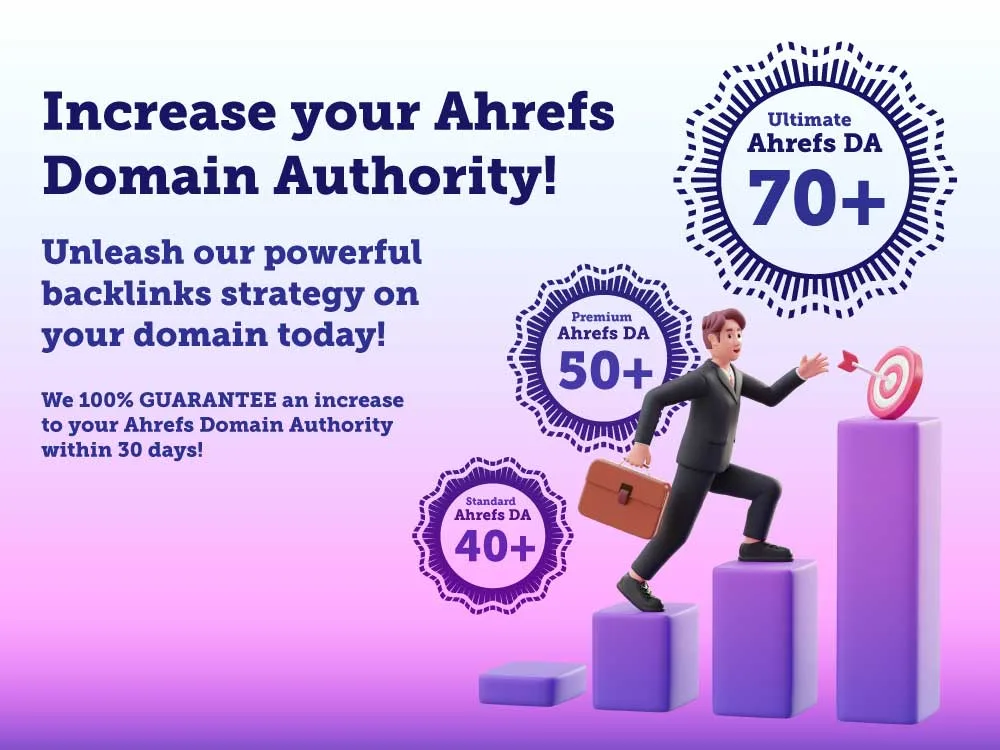In today’s fast-paced digital world, Page Speed Optimization has emerged as a critical component of web development and digital marketing strategies. This process involves making various adjustments to a website to ensure it loads quickly and efficiently on all devices, enhancing both user experience and search engine ranking.
The Impact of Page Speed on SEO and User Experience
The connection between page speed, SEO, and user experience is undeniable. Google has explicitly mentioned page speed as a ranking factor, emphasizing its importance not just for SEO practitioners but for anyone who owns a website. Moreover, studies have shown that user satisfaction drops significantly as page load times increase, directly impacting bounce rates and conversion potential.
- SEO Rankings: Faster websites are more likely to rank higher in search results, as search engines prioritize the user experience.
- User Satisfaction: A delay of even a second can lead to a sharp decrease in user satisfaction, increasing bounce rates and reducing the likelihood of conversions.
Core Elements Affecting Page Speed
Several factors can slow down a website, affecting its overall performance. Identifying and addressing these issues is the first step towards Page Speed Optimization.
- Large Images and Videos: High-resolution media files can drastically increase load times if not properly optimized.
- Unoptimized Code: Bulky code, including CSS, JavaScript, and HTML, can slow down page rendering.
- Excessive HTTP Requests: Each piece of your webpage requires a separate HTTP request, so more components mean longer load times.
Example: Page Speed Optimization for an Online Small Business Retail Website
Let’s consider an online small business, such as a boutique specializing in handmade crafts. Initially, the website struggled with slow loading times, especially on mobile devices, which affected both their search rankings and customer satisfaction. By implementing several Page Speed Optimization strategies, they were able to significantly improve their site’s performance:
- Compressing Images: Before uploading new product photos, they started using image compression tools to reduce file sizes without compromising quality.
- Minifying Code: They utilized tools to minify CSS, JavaScript, and HTML, stripping out unnecessary characters and spacing to streamline the code.
- Reducing HTTP Requests: The site was redesigned to minimize the number of elements on each page, combining files where possible and using CSS sprites to reduce image requests.
These optimizations led to a noticeable improvement in page load times, positively impacting both their search engine rankings and user experience, with a subsequent increase in customer engagement and sales.
Page Speed Optimization is not just about appeasing search engines; it’s about delivering the best possible experience to your users. By understanding and improving the factors that influence page speed, businesses can enhance their online presence, retain visitors, and ultimately, drive conversions.
Strategies for Improving Page Speed and FAQ
After identifying the factors that can slow down your website, the next step is to implement strategies that can significantly enhance Page Speed Optimization. These strategies not only boost your site’s performance but also improve user experience and SEO rankings.
Effective Strategies for Page Speed Optimization
To ensure your website loads quickly, consider the following best practices:
- Compressing Images and Videos: Use tools like TinyPNG or WebP conversion for images and ensure videos are streamed rather than hosted directly on your site.
- Minifying CSS, JavaScript, and HTML: Tools such as UglifyJS, CSSNano, and HTMLMinifier can help reduce the size of these files by removing unnecessary characters.
- Leveraging Browser Caching: Adjust your server’s settings to use caching, which saves a version of your site on the user’s device for faster loading on subsequent visits.
- Implementing Content Delivery Networks (CDNs): CDNs store copies of your site on servers around the world to reduce the distance data must travel to reach users.
- Optimizing Server Response Time: Choose a reliable hosting service and consider upgrading your hosting plan to ensure quick server responses.
Tools for Measuring and Enhancing Page Speed
Measuring your website’s current page speed is crucial to understand where improvements can be made. The following tools offer insights and actionable advice:
- Google’s PageSpeed Insights: Provides performance scores for both mobile and desktop versions of your site along with optimization suggestions.
- GTmetrix: Offers detailed reports on your website’s performance, including both PageSpeed and YSlow scores.
- Pingdom: Allows you to test the speed of your site from different locations, giving you a global view of its performance.
FAQ Section
Addressing some common questions about Page Speed Optimization:
- What is a good page load time?
- Aim for a load time of 2-3 seconds or faster. Google’s research indicates that as page load time goes from 1 to 3 seconds, the probability of bounce increases by 32%.
- How does page speed affect Google rankings?
- Page speed is a direct ranking factor for Google, especially after the mobile-first indexing update. Faster websites are more likely to rank higher in search engine results pages (SERPs).
- Can page speed optimization improve conversion rates?
- Absolutely. Faster loading times can significantly enhance user experience, reducing bounce rates and increasing the likelihood of conversions.
- What are the first steps in optimizing page speed?
- Start with measuring your current page speed using the tools mentioned above. Identify the major issues affecting your site’s speed, such as large image files or unminified code, and address these issues systematically.
Page Speed Optimization is an ongoing process that requires regular monitoring and updates to keep up with web development best practices and technological advances. By prioritizing these strategies, businesses can ensure their websites provide a fast, efficient, and enjoyable experience for all users, ultimately leading to improved SEO rankings and higher conversion rates.

